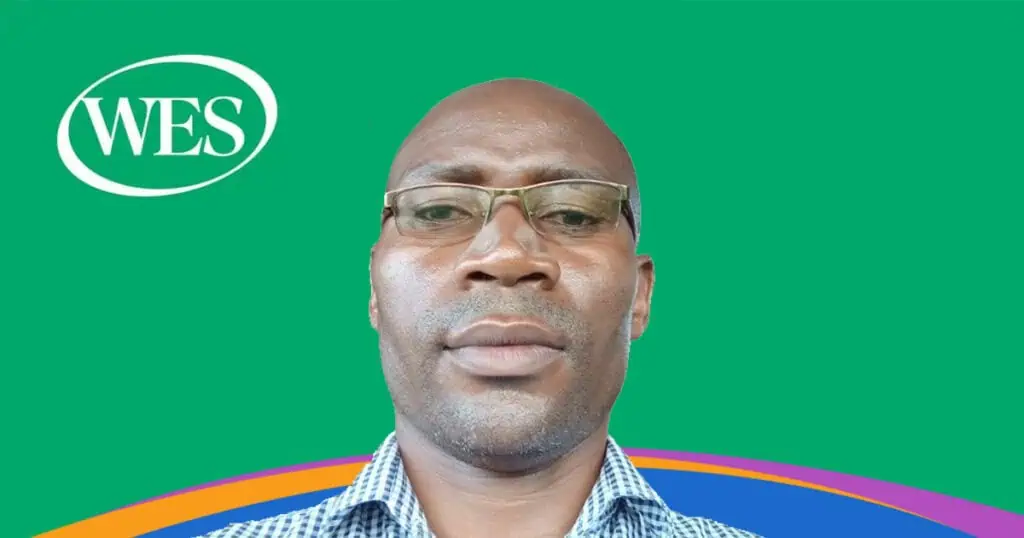The International Student’s Guide to Moving to the United States: Funding and Visas
If you are considering moving to the U.S. to study, you have probably learned how complex the process can be! We are here to help with a three-part guide to make your move as seamless as possible.
Below is the first part in our guide. It discusses ways to pay for school and life in the U.S. and covers visa types and some of the steps you will need to take to apply for a visa.
How to Pay For College in the U.S.
Many U.S. universities are expensive, particularly for international students. A key obstacle is the need to prove that you can pay the full tuition and associated costs before you can apply for your visa. Students turn to several sources to get the money they need to pay and prove they have funding for school.
- Family and personal savings. Many students use their savings and money from their families to cover educational and living expenses. If several schools have accepted you, it may make sense to compare the total cost of attending, including expenses for tuition, fees, books, travel, rent, food, phone plan, and other necessities.
- Scholarships and grants. Applying for scholarships and grants is one of the best ways of finding external funding to pay for school. You can use resources like IEFA, InternationalScholarships.com, and Education USA to search for scholarships and grants. In some countries, government and non-profit programs may offer scholarships and grants to students who want to study abroad. Options may depend on your field of study and whether you agree to return to work in your home country after finishing school. Another often overlooked source of funding is university alumni associations. You can research university alumni association in your country and explore if they have recommendations for scholarships! Many times, alumni associations will have their own scholarship programs.
- Financial aid from your future school. Some colleges and universities offer financial aid packages that include student loans, grants, scholarships, or work-study jobs. Be sure to ask your school’s financial aid office if there are any resources for students coming from your home country or studying similar subjects.
- Working while you’re at school. Depending on your visa, you may be able to find a part-time job on-campus. In some cases, you may be able to work off-campus as well. While you likely won’t make enough to cover most of your expenses, the extra money can help pay for books and personal purchases. If you’re a graduate student, you can also look into teaching and research assistant positions.
- Student loans. With a few exceptions, international students aren’t eligible for U.S. federal student loans, which is how many American students pay for school. If you need to take out a student loan, there may be a few options. Some U.S.-based lenders offer international student loans, which don’t have the same credit or citizenship status requirements as other loans. Nova Credit may be able to help you use the credit you’ve already established at home to help you qualify for a loan in the U.S.
Navigating your U.S. Visa Application Process
Students studying in the U.S. generally receive one of three types of visas. The type you need will depend on the type of program you attend:
- F-1 visa: The F-1 visa is the most common option for students who enroll in an academic or English language program in the U.S. It’s for students at a college, university, seminary, or conservatory. The same type of visa is also granted to younger students.
- M-1 visa: The M-1 visa is for students who enroll in a technical program at a non-academic or vocational school, such as a culinary school.
- J-1 visa: The J-1 visa is for certain work- and study-based cultural exchange programs.
Before you can begin your visa application, you’ll need to get more information from the school or program you would like enroll in. Typically you will need to complete their application process and gain acceptance to the school or program before you can apply for a visa.
Begin the school application process as soon as possible. Even if the semester or program doesn’t start for six months, getting a head start will help you avoid potential deadline-related issues if there are any delays with the school or immigration agencies.
- Complete the visa form from your school. After you have received acceptance into a program, your school’s designated school official (DSO) should send you a form to apply for your visa.
- If you are applying for an F-1 or M-1 visa, you will need to complete Form I-20
- If you are applying for a J-1 visa, you will complete Form DS-2019
Note: you may need an additional form for a spouse or children who plan on joining you in the U.S.
- Pay required fees. All F-1, M-1, and some J-1 visa applicants need to pay the I-901 Student and Exchange Visitor Information System (SEVIS) fee before applying for their visa. The SEVIS payment portal is available online and students from many countries can pay by credit card. You’ll need to share some personal information along with your SEVIS ID and school code – both of which can be found on your Form I-20 or DS-2019.
- Apply for a visa. After you’ve paid your SEVIS fee, you can then apply for your visa at a U.S. embassy or consulate.
Arriving in the U.S. and Maintaining Your Status
Once you have your visa, you may be able to enter the U.S. as early as 30 days before your program officially starts. (The start date should be displayed on your Form I-20). You will need to bring and show the following documents to the customs border officer when you arrive to the U.S.:
- Form 1-20 or DS-2019
- Passport
- Visa
- Copy of your acceptance letter from the school or program
- Contact information for your Designated School Official (DSO).
To maintain your visa status, you will need to stay enrolled in a “full course” of study, but the definition can depend on the type of visa and your program. If you have any questions or are overwhelmed by schoolwork, reach out to your DSO before dropping a class to make sure you don’t jeopardize your visa status.
The U.S. Department of Homeland Security has a guide to studying in the states, which offers more personalized guides for F and M visa holders. The U.S. Department of State oversees the J-1 visa program.
Arriving Is Just the Start
Once your finances are in order and you have started the visa process, you might want to learn more about life in the U.S. and at your new school. In the next parts in this blog series, we’ll cover important non-financial aspects of studying in the U.S., such as housing, phone plans, and how to start building your network and engaging in your new community. We’ll also share tips for managing your daily finances and cover topics like opening a bank account and the power of building credit in the U.S.
You can also refer to our full Immigration Guide to receive more helpful resources as a newcomer to the U.S.
NOTE: The views and opinions expressed in this article are those of the author(s) and do not necessarily reflect the official policy or position of World Education Services (WES). World Education Services (WES) does not offer legal advice, and recommends that you conduct your own research and consult with an immigration attorney before making any final decisions related to your visa.
Related Reading
Why Is This A Good Time to Pursue Higher Education in the United States?




